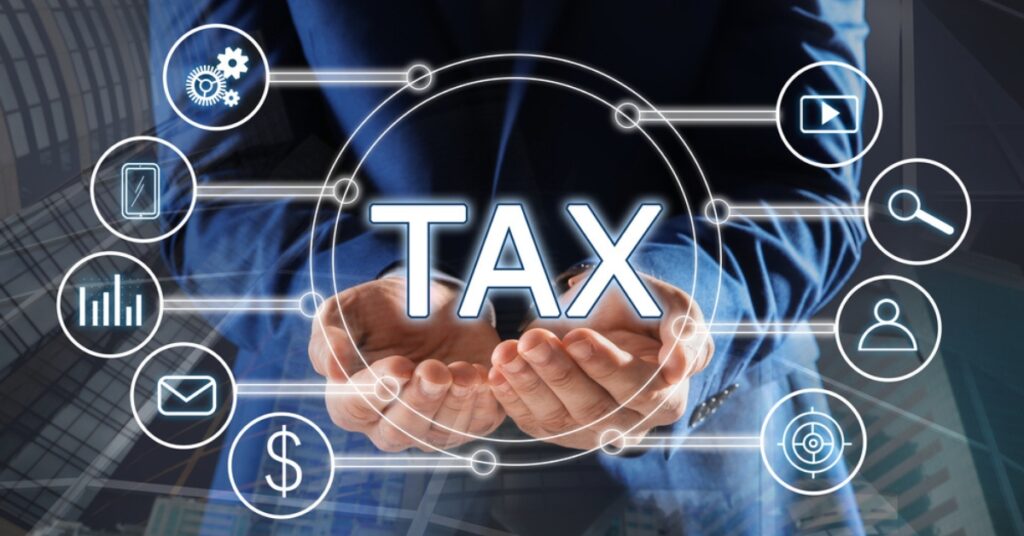The Presumptive Taxation Scheme under the Income Tax Act, 1961, is a simplified tax compliance mechanism designed to make life easier for small taxpayers. This scheme allows certain eligible taxpayers to declare their income at a prescribed rate, thus freeing them from the burden of maintaining detailed books of accounts. It’s especially beneficial for those who find the regular process of accounting and tax filing cumbersome.
Key Sections of the Presumptive Taxation Scheme
The Presumptive Taxation Scheme is mainly governed by the following sections of the Income-tax Act, 1961:
Section 44AD: This section applies to resident individuals, Hindu Undivided Families (HUFs), and partnership firms (excluding LLPs). It allows them to calculate their income on a presumptive basis if their gross turnover or receipts do not exceed ₹2 crore. For the Assessment Year 2024-25 onwards, this limit is extended to ₹3 crore, provided that not more than 5% of the receipts are in cash. This scheme is not applicable to businesses involved in goods carriage, commission, or brokerage.
Section 44ADA: This section is specifically for professionals like doctors, lawyers, architects, etc., whose gross receipts do not exceed ₹50 lakh in a financial year. For the Assessment Year 2024-25 onwards, if cash receipts do not exceed 5% of total receipts, the threshold is increased to ₹75 lakh. Professionals adopting this scheme can declare 50% of their gross receipts as income, simplifying their tax filing process. This section is not available for HUFs.
Section 44AE: This section is for individuals or entities engaged in the business of plying, hiring, or leasing goods carriages, and who own no more than 10 vehicles. The income is computed at a fixed rate per vehicle, making it straightforward to calculate tax liability. The method to calculate tax liability is as follows:
- Your net taxable income will be calculated at a monthly rate of Rs 1,000 per ton per gross vehicle weight for heavy goods vehicles (the gross vehicle weight exceeds 12,000 Kgs) per month or part of the month and Rs 7,500 for any vehicle other than heavy goods vehicle for per month or part of the month during which you owned the vehicle in the previous financial year.
- As per Section 44AE, a part of the month when you owned the carriage of the goods will be considered a complete month for income calculation.
- The calculated income will represent your net taxable income, and no expenses shall be deducted.
Further, in all the above cases if the profit is shown as less than the above-mentioned percentage i.e. 6% / 8% in case of section 44AD, 50% in case of section 44ADA, and the prescribed rate under section 44 AE, then in such a scenario an audit under Income Tax Act from a qualified Chartered Accountant would have to be done.
Benefits of the Presumptive Taxation Scheme
- Simplified Compliance: One of the most significant advantages of the presumptive taxation scheme is that it simplifies tax compliance. Taxpayers do not need to maintain detailed books of accounts, which can be a time-consuming and complex process.
- No Detailed Audit Requirements: Taxpayers adopting the presumptive taxation scheme are exempt from getting their accounts audited, provided they continue to follow the scheme.
- Ease of Calculation: Income under the presumptive scheme is calculated based on a fixed percentage of turnover or gross receipts, which simplifies the process of income computation.
Implications of Opting for Presumptive Taxation
Choosing the presumptive taxation scheme can have several implications:
- Advance Tax Payment: Taxpayers under this scheme must pay the full amount of advance tax by March 31st of the financial year. Failure to do so can result in interest penalties under sections 234B and 234C.
- No Further Deductions: Once income is declared under the presumptive scheme, taxpayers cannot claim any further deductions related to the business expenses. The income declared under this scheme is considered final.
- Depreciation: Taxpayers cannot separately claim depreciation on assets used in the business. However, the written-down value of assets will be calculated as if depreciation has been allowed.
Practical Scenarios and Examples
Let’s consider a few practical scenarios to understand how the scheme works:
Scenario 1: A Small Retail Business: Suppose a small retail shop owner has a turnover of ₹1.5 crore in a year. Under Section 44AD, the shop owner can declare 8% of ₹1.5 crore as income, which amounts to ₹12 lakh. If most of the transactions are digital, the income can be declared at 6%, amounting to ₹9 lakh. The owner doesn’t need to maintain detailed accounts and is exempt from tax audit requirements.
Scenario 2: A Professional Consultant: A resident professional consultant with gross receipts of ₹40 lakh can opt for Section 44ADA. The consultant can declare 50% of ₹40 lakh as income, i.e., ₹20 lakh. The consultant is not required to maintain books of accounts or get them audited.
Scenario 3: A Transport Business Owner: A person who owns 5 trucks for transporting goods can opt for Section 44AE. If each truck earns an income of ₹7,500 per month, the income declared would be ₹7,500 x 5 trucks x 12 months = ₹4,50,000 for the year. This would be the taxable income without needing to maintain detailed records of expenses.
Conclusion
The Presumptive Taxation Scheme offers a straightforward way for small businesses and professionals to comply with tax regulations. By allowing income to be declared at a fixed percentage of turnover or receipts, it eliminates the need for detailed accounting and auditing, making it an attractive option for eligible taxpayers. However, it’s essential to carefully consider the eligibility criteria and implications before opting for this scheme, as it may not suit everyone’s circumstances.


